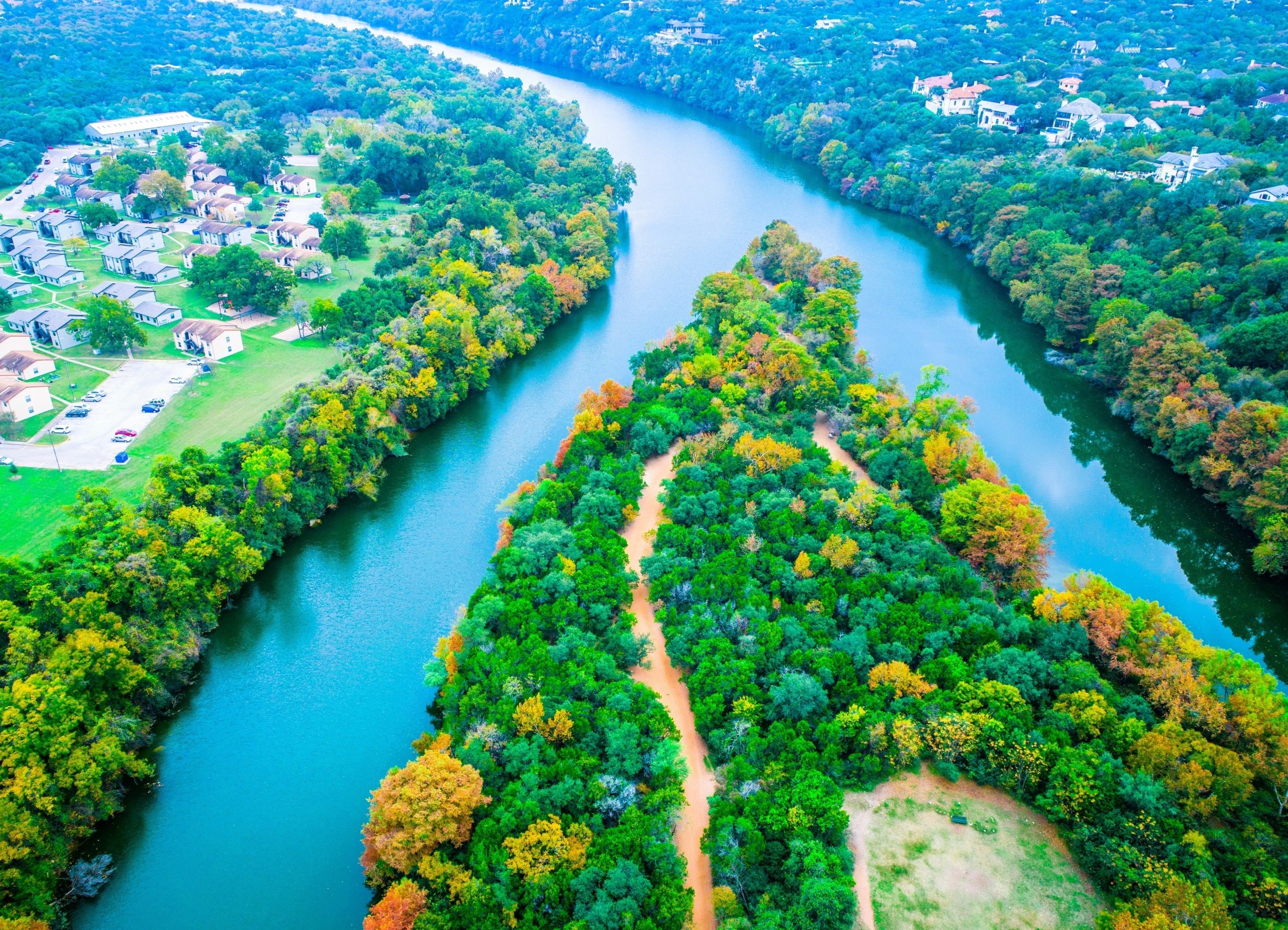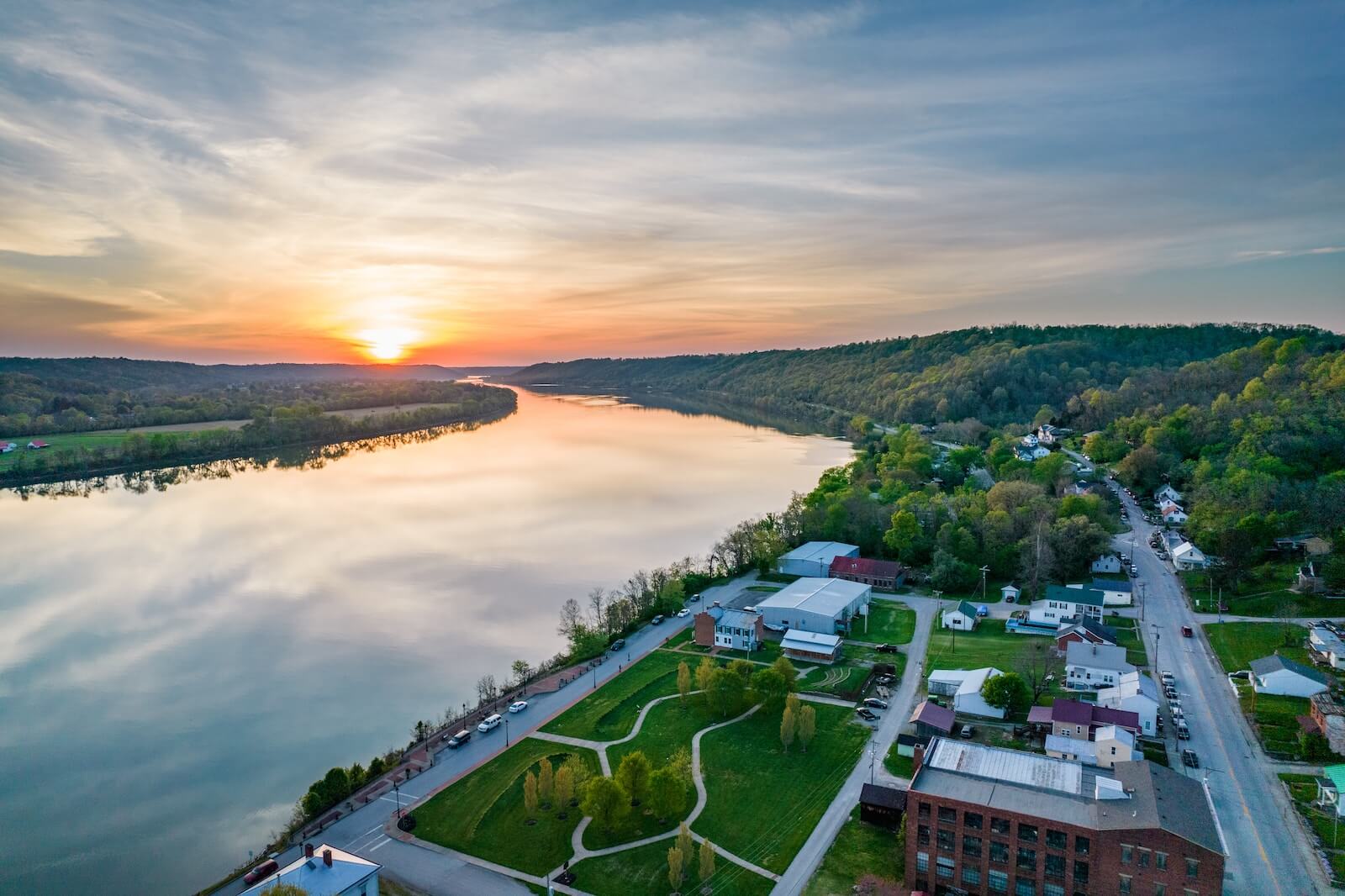T4K3.news
Study discovers why some rivers split into multiple channels
New research from UCSB offers insights that could change river restoration practices.

A recent study uncovers reasons why some rivers split into multiple channels while others remain single-threaded.
Rivers reveal new truths about their paths
Scientists from the University of California, Santa Barbara, have provided new insights into why some rivers develop multiple channels. Their study analyzed 36 years of satellite data from 84 rivers worldwide. Lead researcher Austin Chadwick explains that rivers split when erosion outpaces sediment deposition on their banks. This study changes how researchers understand flood risks and river restoration practices. A key finding is that while single-threaded rivers need significantly more space and time to restore, many rivers previously thought to be single-threaded may have actually been multi-threaded historically.
Key Takeaways
"We found that rivers will develop multiple channels if they erode their banks faster than they deposit sediment on their opposing banks."
This quote underscores the key finding that drives the study's conclusions.
"A project currently considered prohibitively large or expensive may actually be affordable if a river was misclassified."
This statement highlights the potential for more feasible restoration projects based on new insights.
The implications of this research are significant for environmental management and restoration projects. It challenges the traditional understanding of river behaviors and opens new avenues for restoring waterways effectively. This study highlights the need for a nuanced approach when planning restoration efforts, as underestimated river characteristics could lead to more feasible and affordable projects.
Highlights
- New research sheds light on why some rivers split.
- Restoration efforts may be easier than we think.
- Rivers tell a story of erosion and evolving channels.
- Understanding rivers can reshape how we manage water.
Disruption of ecosystems raises concerns
The study reveals how past river management practices have disrupted ecosystems by confining rivers, which could lead to public backlash over restoration methods.
Future studies may further explore how river characteristics impact ecosystems and human development.
Enjoyed this? Let your friends know!
Related News

Scientists Discover Ancient Landscape in Antarctica

Mars reveals its wetter past with ancient riverbeds

332 Submarine Canyons Found in Antarctica

Research Links Ocean Living to Longer Lifespans
Ukrainian drone strikes oil depot in Russia

NASA astronauts capture stunning celestial events from ISS

July Fourth weekend activities planned in Boston

Hidden earthquake risk discovered under North America
